|
The winner of the Taskmaster competition Birthdays October Jan Mills, Eric Mills, Grahame Probert, Pam Lorden November Barbara McEwan Rob’s Ramblings – aka Commodore’s Report Hope you are all coping with the continued lockdown which looks like it will continue for a while. Our committee had its September committee meeting by Zoom. It seemed to work well, given that this was a new experience for some. Thanks to Barbara M for putting the latest Coastguard advice for Level 3 Lockdown on our club website along with the updating of it https://www.westhavenyachtclub.com/ . The key messages are: All boating activities should be limited to people from the same household. All outdoor recreational activities must be completed in one day. You cannot travel in the same vehicle as people from other households. You can only travel to Waiheke Island or Great Barrier Island (Aotea Island) if you are a resident on either of the islands. It is not permitted to berth, anchor off the coast or land on the two islands. Level 3 has allowed Manutaki to be hauled out and its three yearly anti-foul carried out by me this time. It was good for the soul, as well as the bank balance. The boat is hauled out every year at this time for a bum scrub and this year the marine growth was the worst I had ever seen. I was asked if I have been to the Bay of Islands lately. I hadn’t. It must be something in the water! This time I have used war paint as our anti-foul, after hearing some people saying how good it was. Hopefully I will let you know in three years how good it was. I ended up putting three coats on as I had sufficient left-over paint which would not have lasted three years in the tin. I hope you are using this time to get your boats ready for summer. We certainly are as there are few other things we can do under lockdown, even though we have been doubled jabbed for a while. We are not in a position to say with any certainty when our first on, or off, the water events will be, but we will keep you informed. Lastly our condolences to Jan and Eric on the passing of Jan’s Mother. We are all thinking of you. Take care out there. Rob Off Water events Wait till lockdown is over On Water Events October 23rd BBQ Picnic Beach / Huruhi Bay (Hopefully we will be in level 2 by then but do not hold your breath) November 6th old fox #1 Rocky Bay / Rakino The rest of the Taskmaster EntriesThe next taskmaster competition You must build a sculpture with whatever you have in your recycling bin. Best sculpture wins another bottle of wine. Entries close 1600hrs on the 29th October This month’s bad joke Couple in their nineties are both having problems remembering things. During a check up, the doctor tells them that they're physically okay, but they might want to start writing things down to help them remember. Later that night, while watching TV, the old man gets up from his chair. 'Want anything while I'm in the kitchen?' he asks. 'Will you get me a bowl of ice cream?' 'Sure.’ ‘Don't you think you should write it down so you can remember it?' she asks. 'No, I can remember it.' 'Well, I'd like some strawberries on top, too. Maybe you should write it down, so as not to forget it?' He says, 'I can remember that. You want a bowl of ice cream with strawberries.' 'I'd also like whipped cream. I'm certain you'll forget that, write it down?' she asks. Irritated, he says, 'I don't need to write it down, I can remember it! Ice cream with strawberries and whipped cream - I got it, for goodness sake!' Then he toddles into the kitchen. After about 20 minutes, The old man returns from the kitchen and hands his wife a plate of bacon and eggs. She stares at the plate for a moment. 'Where's my toast?' Nautical History The coxswain The coxswain is the person in charge of a boat, particularly its navigation and steering. The etymology of the word gives a literal meaning of "boat servant" since it comes from cock, referring to the cockboat, a type of ship's boat, and swain, an Old English term derived from the Old Norse sveinn meaning boy or servant.[1] In 1724, a "cockswain" was defined as "An officer of a ship who takes care of the cockboat, barge or shallop, with all its furniture, and is in readiness with his crew to man the boat on all occasions." When the term "cockboat" became obsolete, the title of coxswain as the person in charge of a ship's boat remained. Even worse bad joke of the month During a visit to my doctor, I asked him, "How do you determine whether or not an older person should be put in an old age home?" "Well," he said, "we fill up a bathtub, then we offer a teaspoon, a teacup and a bucket to the person to empty the bathtub." "Oh, I understand," I said. "A normal person would use the bucket because it is bigger than the spoon or the teacup." "No" he said. "A normal person would pull the plug. Do you want a bed near the window?" Anchoring Know-howBoat anchoring obviously involves a little more than randomly tossing a weighty, multi-pronged piece of metal overboard!
There's plenty of best practice and etiquette involved when it comes to boat anchoring…there’s almost a science to it – that’s well worth getting right. The team at Discover Boating tell us that learning how to anchor a boat is a basic seamanship skill that every boater should master, even those who don't anticipate anchoring very often. Understanding how to set and retrieve an anchor is critical as it can hold a boat in place in a secluded cove for a few hours of swimming or an overnight stay, but it's also an essential piece of safety gear. “If your boat engine fails, a well-set anchor will keep wind or current from drifting your disabled boat onto a shoal or ashore, where it could be damaged.” There’s plenty of other highly recommended reading available on the topic. Joe Friedman, in his article entitled “Boat Anchoring Tips and Techniques” in Boating Magazine features 10 tips on how to set an anchor. This boat safety video also shows techniques for anchoring boats. The tips include different types of anchors (and what they’re best suited for), how it’s important to allow for wind and tide movement, how to calculate the length of chain and rope required, how to check your anchor is secure, where to toss it from, and what to do before raising the anchor. There’s also plenty of advice around what not to do, like where not to anchor, how to lower the anchor from the bow NOT the stern (unless you want to increase your chance of capsizing or swamping) and how it’s not smart to secure the line to the stern (the additional weight could bring on water). In a nutshell, to anchor successfully you need to make good decisions on selecting an anchorage and know how to set your anchor. There are various factors to consider when selecting an anchorage, as outlined in post at the great escape website. Depth, wind forecast, ground holding, mud, sand, rocks, kelp/seagrass, tide, exposure to passing craft, room at anchorage, as well as the possible need for an anchor watch, are all covered. Potential hazards, manual anchoring, anchor etiquette and anchoring terms (warp, rode, scope, for example) are also discussed. If you had to narrow your anchoring knowledge down to only a few key factors, then the powerboat training website suggests there are two obvious “golden rules” to adhere to. “One of the most important aspects of anchoring is setting your anchor and taking a transit to ensure the anchor is holding.” The reason boats tend to drag when anchored can generally be attributed to two things: Those anchoring did not let out 4-6 times the depth of water allowing for high tide and they did not back up on their anchor to set it and take a transit. “Anchoring is not a black mystical art, it is easy but far too many people make it really difficult for themselves by not following the two simple factors above.” The powerboat training website includes a short video explaining the two points above as disregard/lack of knowledge of these appear to be an increasing problem in New Zealand bays. Finally, just in case you doubted it, anchoring etiquette really is a thing – albeit one with unwritten rules. Thankfully 36degrees.nz has dedicated a timely blog post to this, especially worth absorption as limited overseas travel means we can expect more Kiwis out on their boats over the warmer months. Here’s one bit of advice… don’t be afraid to re-anchor. This can sometimes be what splits the novice from the expert! “The key here is to sit and wait a good 10 minutes after dropping anchor to see where your boat swings and check your holding. Don’t immediately hop in the dinghy and head to shore, just wait. No one will think any less of you for re-anchoring, in fact it’s the opposite as it makes your neighbours aware that you are respectful of others’ space.” A point to note: If you anchor and swing into a boat that anchored earlier, or if you drag and hit another boat you are responsible for the damage. Damaging cables is also a very costly mistake. Comments are closed.
|
AuthorWesthaven Yacht Club Archives
March 2024
Categories |

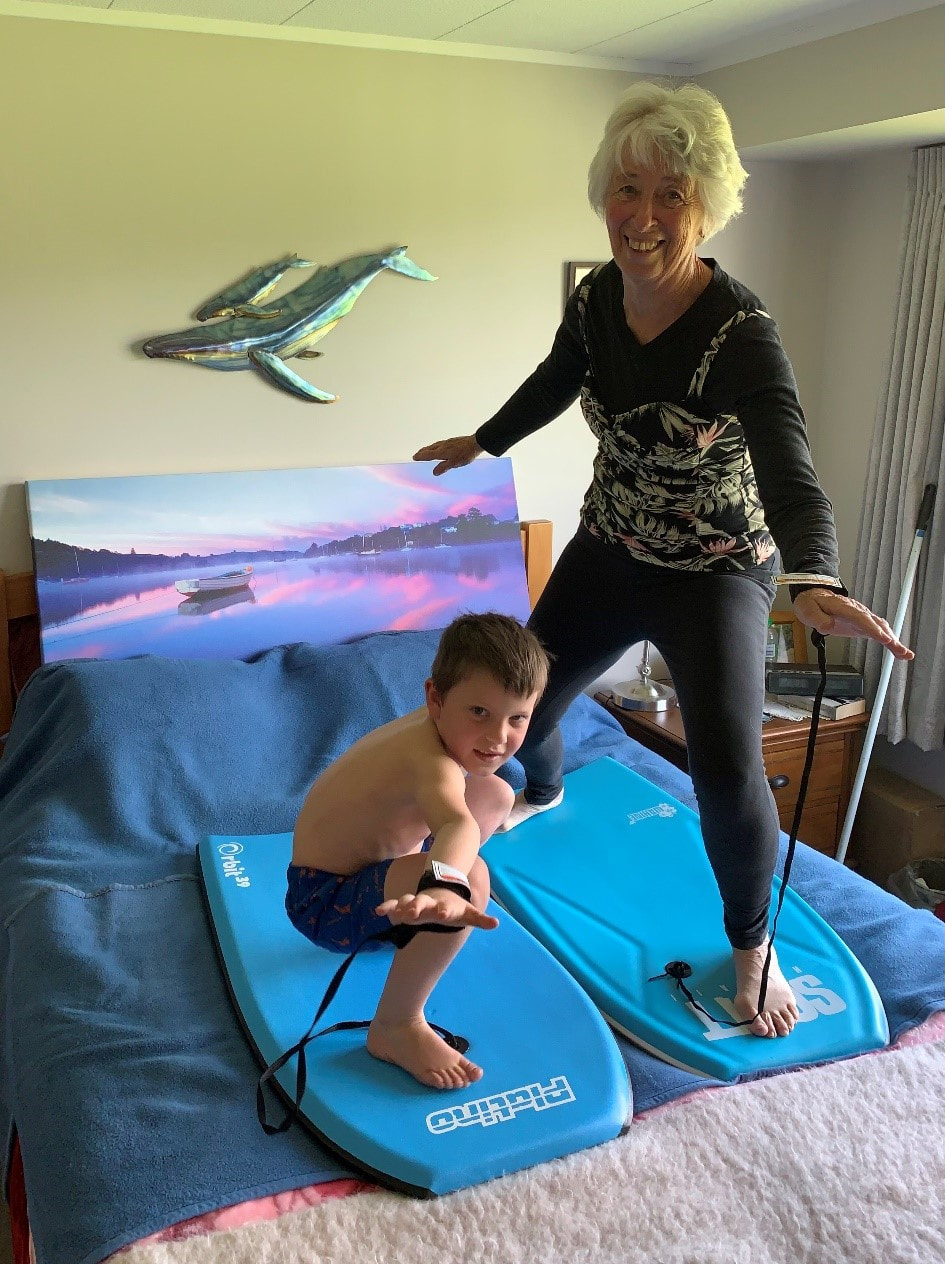

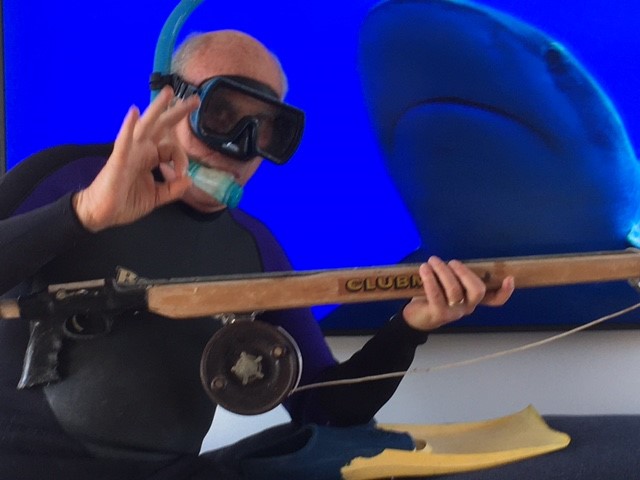
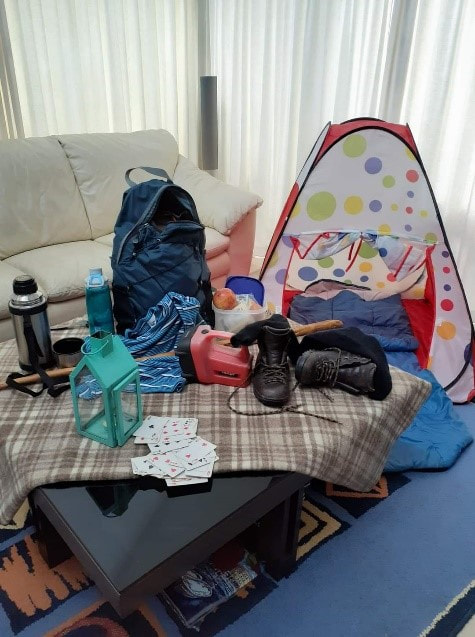
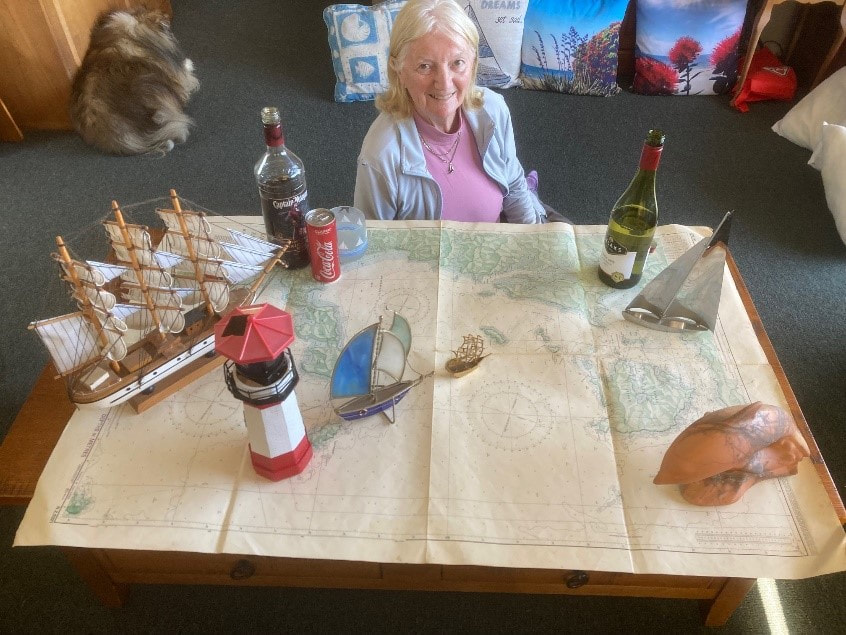
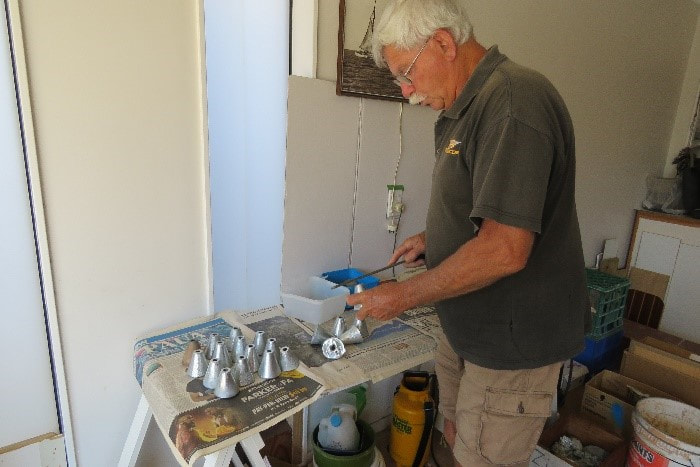

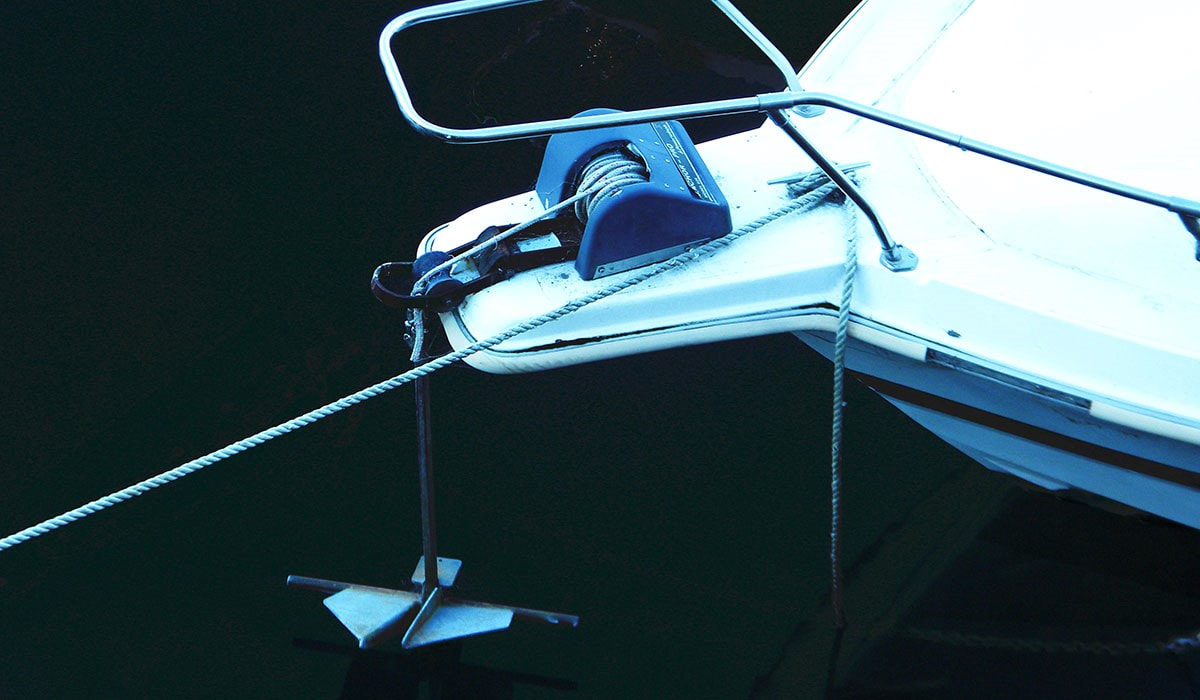
 RSS Feed
RSS Feed
